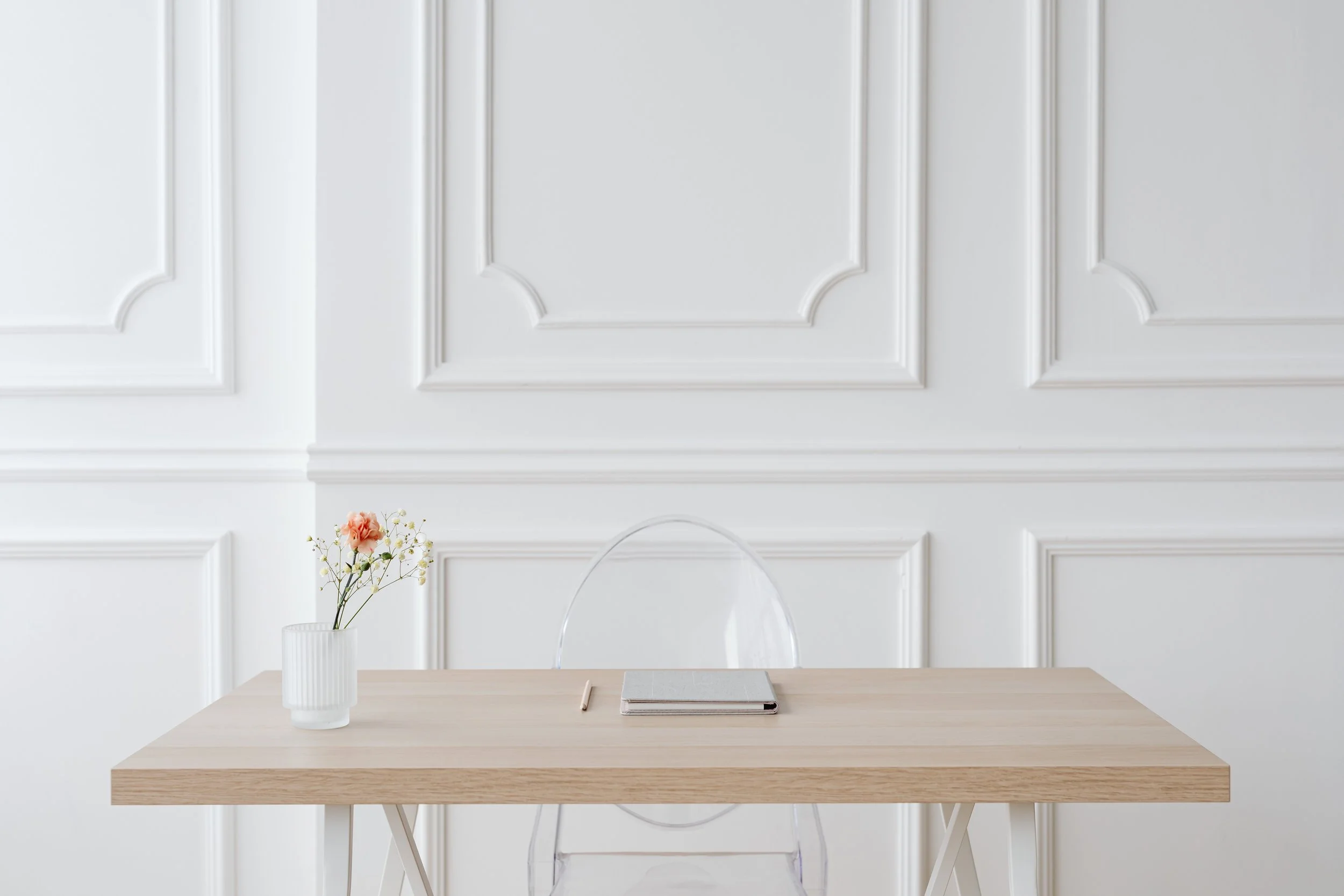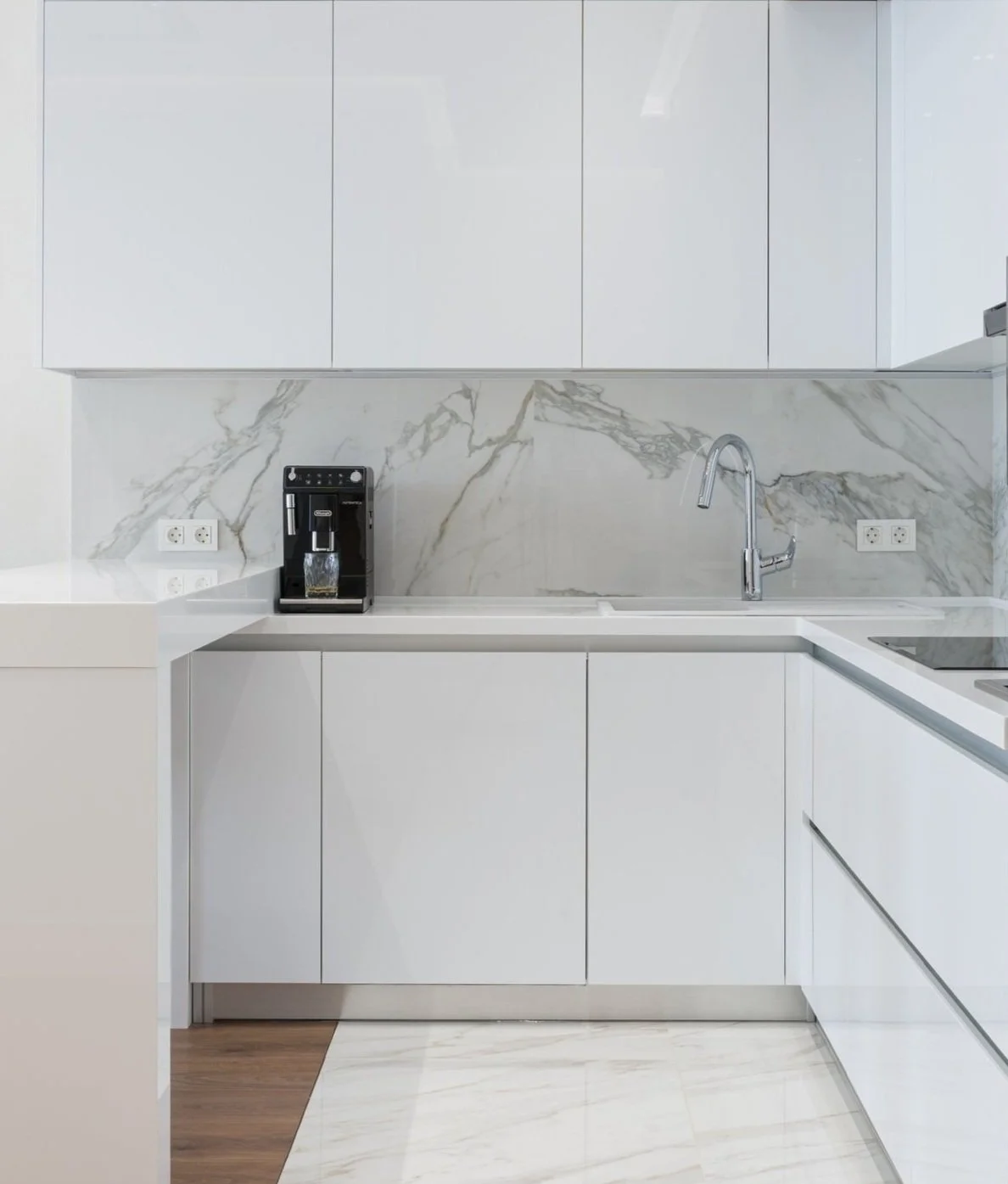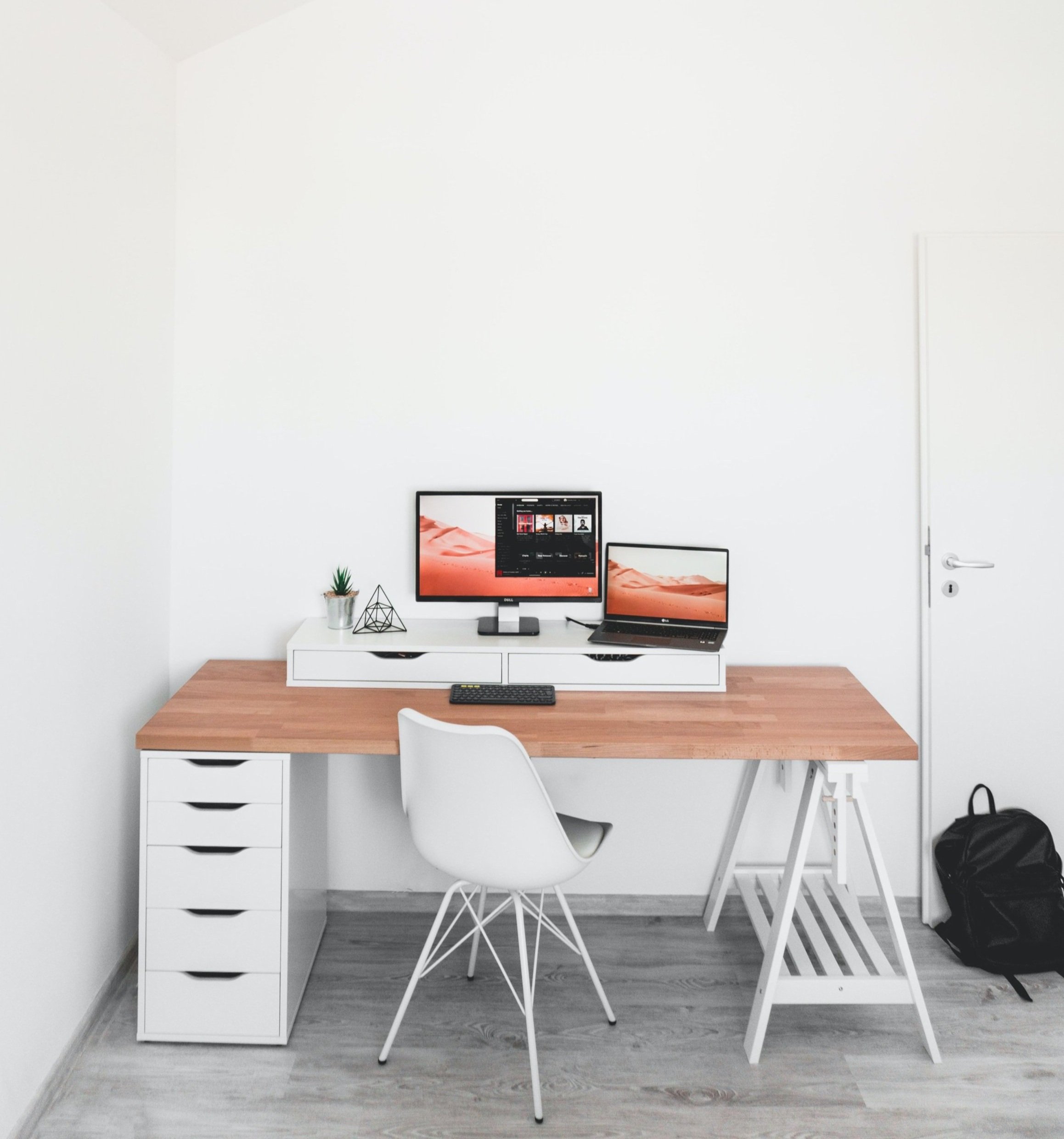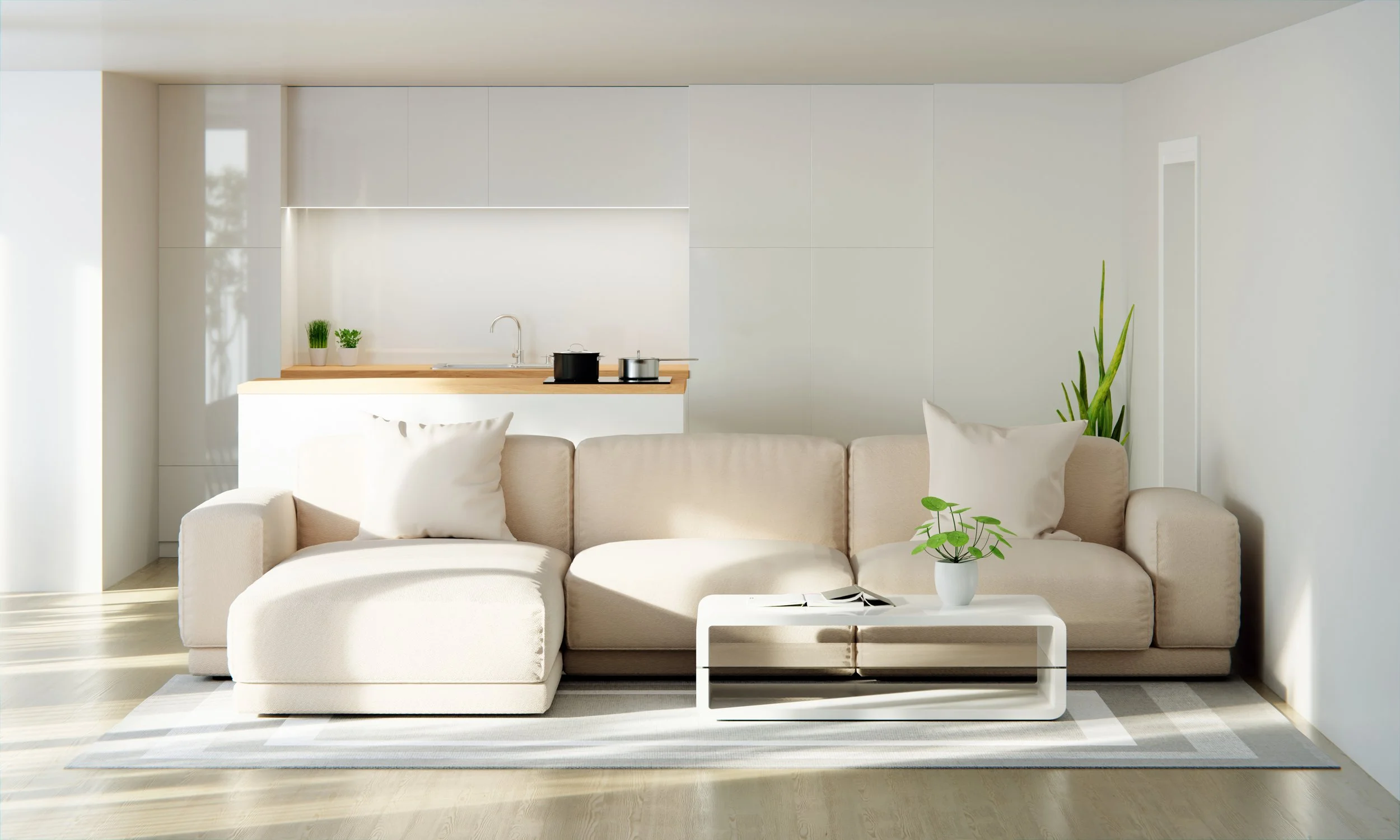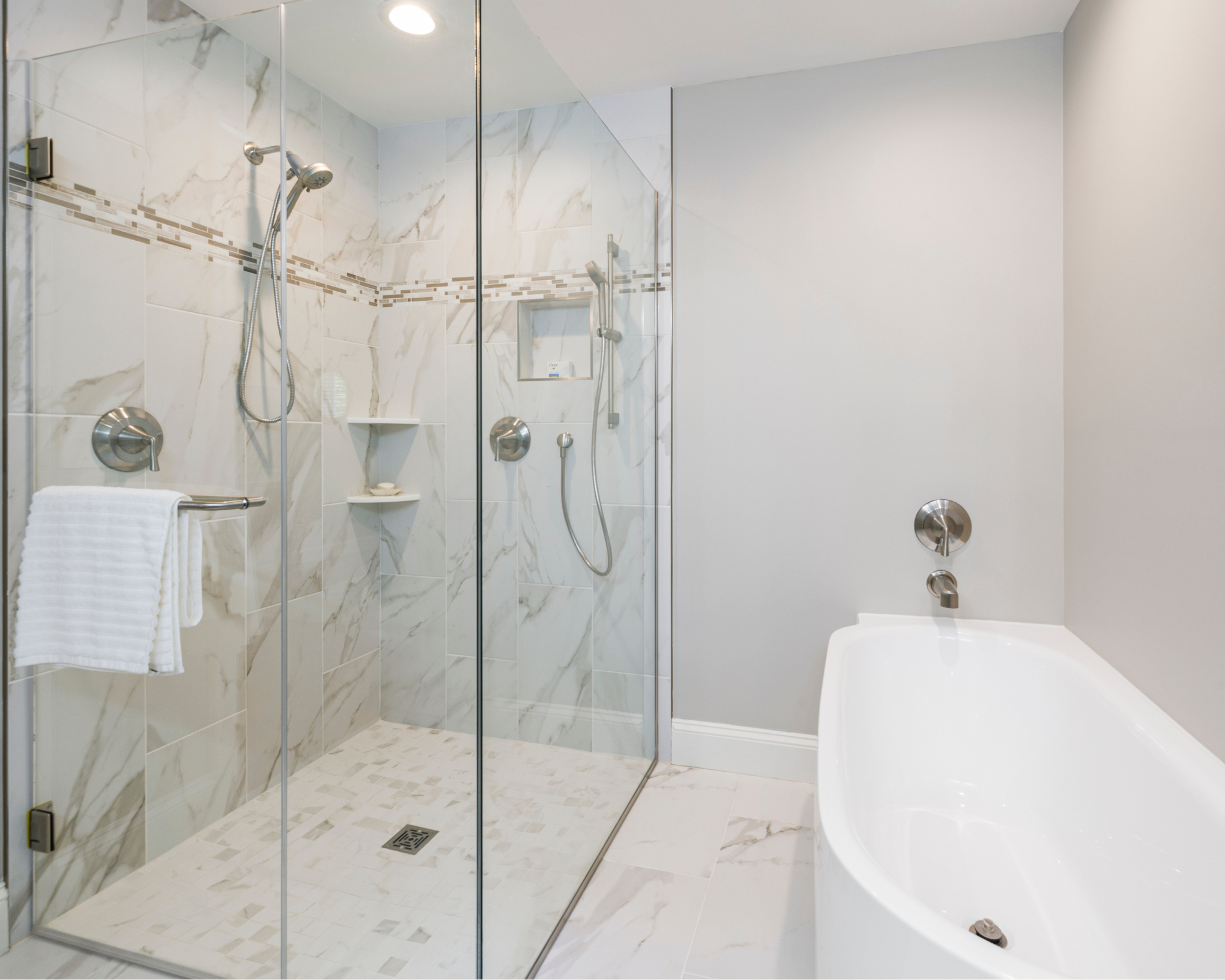Minimalist Interior Design: The Ultimate Guide
Minimalist interior design has been gaining popularity in recent years, and for good reason. This design style is all about simplicity, functionality, and creating a sense of calmness in your living space that is conducive for relaxation and productivity. Minimalist interior design originated in the 1960s and has since spread across the world, becoming a favourite among homeowners and interior designers alike.
If you're looking to create a clean and uncluttered living space, this comprehensive guide to Minimalist interior design is for you! We'll explore the key principles of Minimalist Interior Design and provide practical tips and examples to help you create your own Minimalist-inspired home.
In this guide, we will cover the following topics:
So, whether you're looking to declutter your home or create a calming living space, this guide will provide you with all the information you need to get started with Minimalist interior design.
What is Minimalist Interior Design
Minimalist interior design is a design style that involves stripping away all non-essential elements and focusing on the essentials – “Less is More”. Minimalism is not just about getting rid of things but also about making thoughtful choices that are essential to your lifestyle. The goal is to create a space that is functional, clean, and uncluttered. Minimalist interior design is all about simplicity, with an emphasis on clean lines, limited colour palette, and natural materials.
Key Principles of Minimalism
Minimalist interior design is based on the principles of simplicity, functionality, and visual balance. The main goal is to create a space that is free from clutter and distractions, allowing you to focus on what is important. Here are some core principles to keep in mind:
Simplicity: Minimalist interior design is all about keeping things simple and uncluttered, with only essential furniture and minimal decor being used.
Focus on functionality: A Minimalist interior should be designed with function in mind. Every piece of furniture and decoration should serve a purpose and be placed strategically to create a space that's easy to live and work in.
Visual Balance: A minimalist space should have a sense of visual balance, with a focus on clean lines, simple geometric shapes, symmetry, and proportion.
Emphasise Negative Space: The use of negative space is essential in Minimalist design, as it creates balance and allows for a sense of calm.
Natural materials: Minimalist interior design often incorporates natural materials such as wood, stone, and metal.
Limited colours: The colour palette used in Minimalist interior design is typically neutral and understated, usually in monochromatic colour tones.
Materials and Colours Used in Minimalist Interior Design
The materials and colours used in Minimalist interior design are key to creating a calming and serene space. Some of the most commonly used materials include:
Wood: Natural wood is often used in Minimalist interior design, with light-coloured woods such as birch and maple being popular choices.
Stone: Stone accents such as marble and granite are often used in Minimalist interior design to add texture and depth.
Metal: Metal accents such as stainless steel and brass can be used to add a modern touch to Minimalist interior design.
Minimalist colours: Neutral colours such as white, black and muted grey are the cornerstone of Minimalist interior design. These colours help to create a calm and peaceful space.
Furniture and Lighting in Minimalist Interior Design
The furniture and lighting used in Minimalist interior design are simple and functional. Some of the key features of minimalist furniture and lighting include:
Simple geometric shapes: Minimalist furniture is characterised by its simple, geometric shapes. Tables and chairs often feature clean lines and sharp angles.
Multi-functional: Minimalist furniture is often designed to serve multiple functions. For example, a sofa might also function as a guest bed.
Statement lighting: While the lighting used in Minimalist interior design is simple, it can also be a statement piece. Pendant lights and floor lamps can add visual interest to a minimalist space.
How to Incorporate Minimalist Interior Design into Your Home
Incorporating Minimalist interior design into your home is easier than you might think. Here are some tips to help you achieve a minimalist look in your home:
Declutter: The first step in creating a minimalist space is to get rid of anything that you don't need or love. This will make your home feel more spacious and airy.
Less is more: Opt for simple, sleek furniture that is also multi-functional, and avoid anything too ornate or decorative. Every piece of furniture and decor should have a purpose. For example, choose a coffee table with storage or a bed with built-in drawers. When it comes to decor, choose a few statement pieces rather than filling every surface with knick-knacks.
Invest in Quality Pieces: Minimalist design is all about quality over quantity. Choose high-quality furniture and décor that will last a long time, rather than purchasing cheap items that will need to be replaced.
Use Neutral Colours: Start with a neutral colour palette, such as whites, greys, and earth tones as the base, as they provide a clean and calming backdrop for your furniture and decor.
Keep it bright and open: Negative space and natural light are essential for a minimalist space. Leave empty space around your furniture and avoid heavy curtains or blinds that block out natural light. It not only creates a sense of spaciousness but also highlights the clean lines and simple design of the space.
Minimalist-inspired Design Ideas for Various Rooms at Home
Minimalist interior design can be incorporated into every room in your home. Here are some ideas to get you started:
Living Room: Use a neutral colour palette and choose furniture with clean lines. Add texture through a plush rug or throw pillows. Choose a statement piece like a unique coffee table or artwork.
Bedroom: A minimalist bedroom should be clutter-free and calming. Choose a bed with built-in storage to maximise space, white bedding, and a textured rug create a serene and calming bedroom. Keep decoration and accessories to a minimum.
Kitchen: A minimalist kitchen is all about simplicity and functionality so keep the countertops clear of clutter and only use essential kitchen tools. For the cabinetry and kitchen work top, choose natural materials like wood or stone. Consider using a sleek and modern faucet to complete the look.
Bathroom: Keep the bathroom simple and clean. Use a neutral colour palette and add texture through natural materials like stone or marble. Choose a few statement pieces like a unique mirror or bathtub. Keep the shelving and countertop clutter-free.
Worried about overpaying for your home renovation?
Let AI be your superhero!
IDIT® Savings - AI Renovation Cost Saver
With this FREE innovative AI tool, you can scan renovation quotes with ease and identify cost-saving measures that won't compromise on quality.
You can now enjoy a successful renovation with additional savings from the savings report.
Conclusion
Minimalist interior design is a versatile and timeless style that can transform any space into a serene and clutter-free environment. By focusing on function and purpose, you can create a space that is both practical and aesthetically pleasing. Remember that Minimalist Interior Design is all about quality over quantity, so take your time to carefully curate each element of your space. With the help of this guide and a little bit of creativity, you can easily create a Minimalist-inspired home that reflects your unique personality and style.
Frequently Asked Questions
-
Absolutely! While Minimalist interiors typically use a limited colour palette, it can sometimes make your space feel bland and uninspiring. You can add interest and personality to your home by incorporating some pops of colour through accent pieces like throw pillows, artwork, or a colourful rug.
-
While both Minimalist and Scandinavian design focus on simplicity and functionality, there are some differences between the two. Scandinavian design incorporates more natural materials like wood and leather, while Minimalist design typically uses more industrial materials like metal and concrete. Scandinavian design also tends to incorporate more colour, while Minimalist design is typically more monochromatic.
-
The opposite of Minimalist interior is Maximalist interior. Maximalist design incorporates bold colours, patterns, and textures, and often involves a lot of decorative elements and accessories. An example of Maximalist design style is Eclectic interior, a perfect choice for those who love vibrant and energetic spaces that showcase their personality and style.
-
There are numerous benefits to Minimalist interior design, such as:
Better Mental Health: A cluttered space can cause anxiety and stress. Hence, having a Minimalist space creates a calm and peaceful environment, allowing you to feel more relaxed at home. This also have a positive impact on your mental health, helping to promote mindfulness and a sense of wellbeing.
Increases focus and productivity: Minimalism can help you focus on what is truly important in life and reduce the time and energy you spend on unnecessary things. With fewer distractions, you can concentrate better on the task at hand.
Sustainable and eco-friendly: Minimalist design often encourages the use of sustainable materials and eco-friendly products. By choosing quality, long-lasting pieces over cheaper, disposable items, you can help to reduce waste and support a more environmentally conscious lifestyle.
Versatile: It can work in any space, from a small studio apartment to a large family home. Whether you're looking to create a cosy bedroom, a functional home office, or a Minimalist living room, there are plenty of ways to incorporate this style into your home.
-
While Minimalist interior design may seem straightforward, there are a few common mistakes to avoid when trying to achieve a minimalist aesthetic in your home:
Going Overboard with Minimalism: While it's important to embrace the simplicity of Minimalist interior design, it can sometimes feel cold or sterile if not executed properly resulting to an uninviting space. Incorporate some personal touches and decor to make the space feel warm and welcoming.
Sacrificing comfort for style: Minimalism doesn't mean sacrificing comfort for style. Your space should still be functional and comfortable, so make sure to incorporate comfortable seating and soft textures like blankets and cushions.
Forgetting about storage: Minimalist spaces often have a limited amount of storage, which can lead to clutter if not managed properly. Invest in storage solutions like built-in shelving or under-bed storage to keep your space organised and clutter-free.


